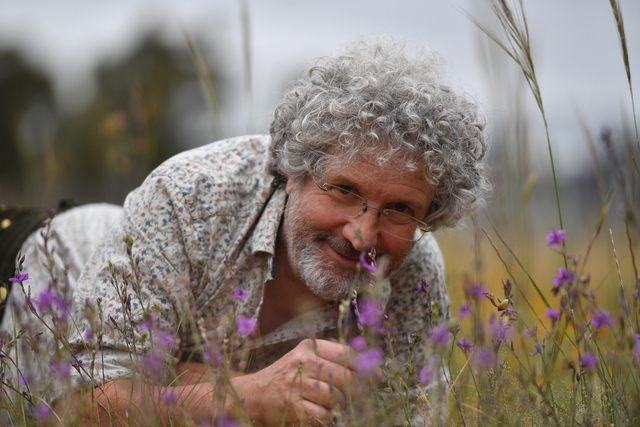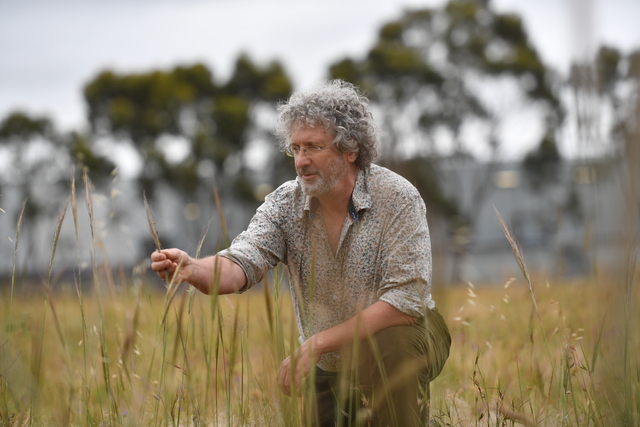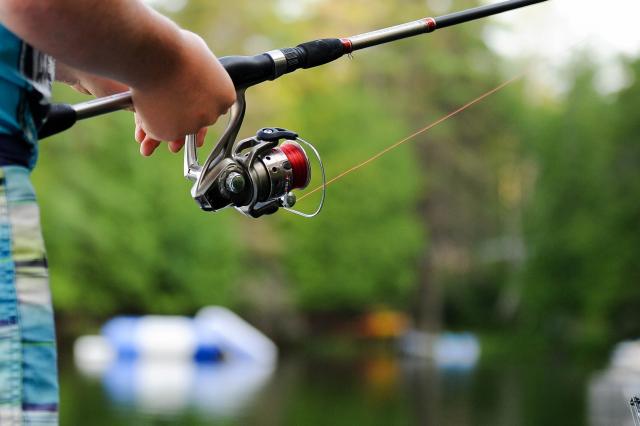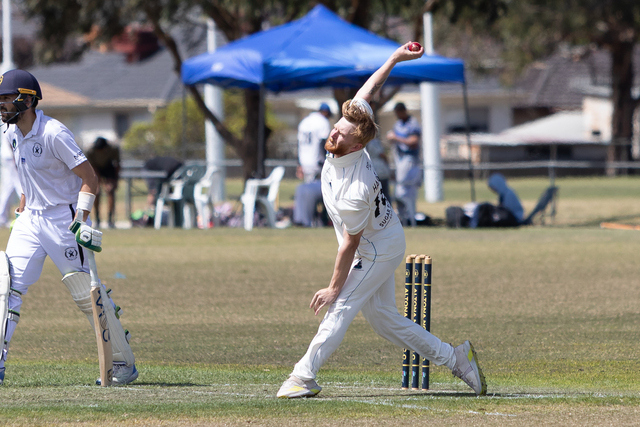In the heart of Sunbury sits a grassland considered to be the best left in Melbourne, as Oscar Parry discovered.
What might first appear as an overgrown paddock in the middle of Sunbury, the Evans Street Grassland is considered the “crown jewel” of Melbourne’s grasslands, and is a sanctuary for native and endangered flora and fauna.
This is part of the message Grassy Plains Network facilitator Adrian Marshall wants to impart.
“It really is like a living museum in a way. We’re down to only one per cent of our grasslands left, and most of that one per cent isn’t nearly as good as what you find at Evans Street,” Mr Marshall said.
Not appearing too visually attractive from a distance, he said the beauty of the site is what you see once you are among the vegetation.
“I use the analogy of snorkelling – it’s like when you’re standing there on the beach or knee-high in the water, all you see is water, but as soon as you put on your mask and put your face down underneath the water, suddenly … you see all of this amazing stuff,” he said.
About 10,000 years old and forming in the previous ice age, the Evans Street Grassland is rich with native flora and fauna species, with many at risk of local extinction.
“It has, I think, 150 or so species present there … and a dozen or two dozen that are listed as threatened under state or federal nature laws … if we lost Evans Street Grassland, there would be 17 species that would no longer be found in the City of Hume … it just shows how fragile the thing is,” Mr Marshall said.
He said Victoria’s grasslands are mostly found on the Victorian Volcanic Plain – a large area of about 500 volcanoes that stretches from the Yarra River to the South Australian border
“Sunbury is a volcano. Often they don’t look particularly like massive Mount Etna things or anything.”
Dominated by Kangaroo Grass, a sign of a healthy grassland, he said other key flora species include Wallaby Grass, Spear Grass, Silky Bluegrass, and rare species of Pelargonium, Pimelea, rice flowers, pea flowers, and more.
He said a botanist walked through the site about 30 years ago and was amazed by what he saw, writing to the government to advocate for its protection – with a local environment group soon joining in on its protection.
Despite this, Mr Marshall said there were attempts to develop the site, including a proposal for a car park.
The site is now permanently protected by a Trust for Nature conservation covenant.
“It’s got a nice fence with [no] gates, you can just walk in … there’s a nice sign that tells you all sorts of good stuff about it. There’s a nice bench you can sit on, you can have your lunch there. It’s just incredibly inviting … all of that just tells people that this is an important place, there’s value here,” Mr Marshall said.
With the introduction of sheep and cattle to Australia, much of Victoria’s native grasslands were decimated.
“When John Batman arrived here in 1835, his surveyors and explorers basically saw incredibly lush pastures all the way to the border and there was a grass rush. So within 16 years of John Batman arriving, there were 16 million sheep in Victoria,” Mr Marshall said.
“They just thrived on this beautiful grassland, but they also ate it all, they brought in weeds, they compacted the soil, and there were a whole lot of cascading things that happened because of that. So now the grasslands that we have are pretty much the most endangered ecosystem in Victoria,” he said.
However, he said livestock held intermittently at the Evans Street site “accidentally” maintained it by preventing excess thatch.
“Grass doesn’t get rid of its dead leaves, it just keeps growing new leaves. So all those dead leaves can get thicker and thicker, and when that thatch gets so thick, it can stop light and water getting down to those thick tussock spaces between the tussocks. And that means all the [flowers] aren’t getting the light and water they need … and when they die out, they leave a weed-shaped hole, and weeds can come in … and then the whole cycle can go to hell, pretty much,” he said.
One third of the Evans Street site is burnt each year to distribute the effects on sections of the land, with a large increase in native flowers booming in the months following a burn.
Mr Marshall said thatalong with these appeals, grasslands “punch above their weight” in storing carbon and can absorb water, promote pollination, and clean the air – all contributing to “urban resilience.”
He said species at the Sunbury site could be hundreds of years old, with a dense and branched out root system under the ground.
Mr Marshall held a tour at the site with the Victorian National Parks Association on Wednesday, November 13.
The entrance to the Evans Street Grassland is adjacent to Timins Street in Sunbury – but tread carefully as you walk through this important site.








